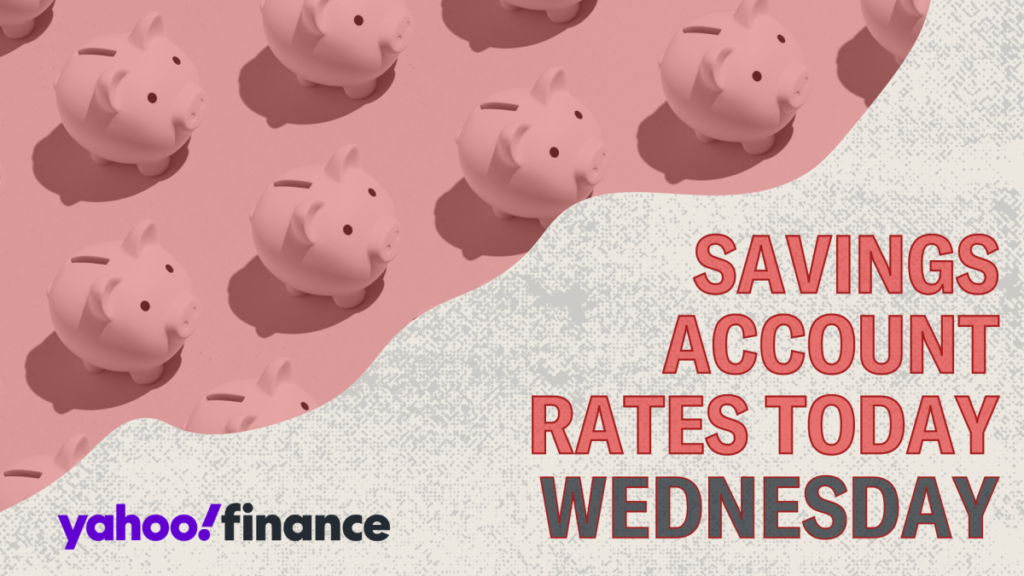In September 2024, the Federal Reserve made a significant move by cutting the federal funds rate, a decision that is beginning to reflect in reduced deposit rates across the banking sector. This change in interest rates emphasizes the importance for savers to seek out the highest possible yields on their savings accounts. High-yield savings accounts have emerged as an increasingly attractive option for individuals looking to grow their money with better returns than typical savings accounts, offering rates as high as 5% APY or more. As interest rates evolve due to the Fed’s policies, it’s essential for savers to identify the best banking options available to maximize their earnings.
The historical context of savings account interest rates reveals a stark contrast between traditional and high-yield options. While the average savings account rate hovers around 0.45%, high-yield savings accounts can offer returns of 4.5% to 5% APY. As per the latest data from verified partners, Openbank currently offers one of the highest savings account rates at 5.25% APY, though a minimum deposit of $500 is required. This landscape encourages consumers to compare various financial institutions to ensure they are making the most out of their savings opportunities in a changing economic climate.
The relationship between deposit account rates and the federal funds rate is pivotal for understanding current savings options. Typically, when the Federal Reserve adjusts the target interest rate—hiking it in response to inflation or lowering it to stimulate growth—deposit account rates exhibit similar movements. With the recent decrease in the federal funds rate, it is expected that savings rates will also start to decline. This shift underscores the urgency for people to consider a high-yield savings account sooner rather than later to capitalize on the previous higher rates before further declines.
When evaluating different financial institutions and their offered savings products, several essential factors should guide decision-making. The interest rate is paramount; a competitive rate is crucial for ensuring that your savings grow over time. Given the prevailing trend of decreasing rates, securing a high-yield savings account now can be a strategic move to lock in favorable terms. Additionally, individuals should consider their financial goals—while high-yield savings accounts offer excellent short-term returns, long-term investment strategies, such as stock markets, may yield more significant returns over time.
Accessibility of funds is another critical consideration for savers. Unlike options such as certificates of deposit (CDs), where early withdrawal can incur penalties, high-yield savings accounts generally provide flexibility, allowing users to take advantage of emergencies or sudden expenses without significant drawbacks. This accessibility is particularly appealing for those saving for specific short-term goals, such as housing deposits or unexpected financial needs. Interestingly, high-yield savings accounts strike a balance between earning interest and availability, making them a suitable choice for many consumers.
Lastly, the security of savings accounts is a vital aspect that cannot be overlooked. Most savings accounts are insured by the FDIC up to the national limit, providing peace of mind regarding the safety of deposits. Unlike investments that might fluctuate due to market conditions, money held in a savings account does not lose value, making it a low-risk option for those wary of market volatility. With numerous factors to weigh, including the potential for earning high interest, accessibility to funds, and overall security, high-yield savings accounts present an appealing solution for those looking to maximize returns on their savings during uncertain economic times.

